Surviving Mississippi’s miserly healthcare system

Mississippi is one of 12 states — most of which are in the South — that have refused to expand Medicaid.
April Simpson, reporting for The Guardian:
Jabriel Muhammad pays up to $40 when he sees a doctor at the community health center in Jefferson county in rural south-western Mississippi. And he goes to the center only when he is really ill. But there’s another price to pay for not having health insurance. In October, he was hit with a $1,394 hospital bill for an MRI scan to diagnose why he wasn’t breathing properly.
“We’re poor folks trying to make it as best we can,” said Muhammad, a 40-year-old self-employed carpenter and plumber. “If I make $10,000 with the work that I do in a year, that’s a nice feeling to me.”
In Mississippi, the poorest and blackest state in the US, single adults without children like Muhammad are not eligible for public health insurance, regardless of how little they earn each year. […]
“The denial of Medicaid coverage is scandalous,” said Don Simonton, a retired professor from Alcorn State University, a historically Black college in Mississippi. “It is so typical of the power structure of the south from slave days forward: ‘If you’re poor, you better make some money if you don’t want to die.’”
Map by Map, G.O.P. Chips Away at Black Democrats’ Power
Nick Corasaniti and Reid J. Epstein, writing for The New York Times:
Black elected officials in several states, from Congress down to the counties, have been drawn out of their districts this year or face headwinds to hold onto their seats. […]
Almost all of the affected lawmakers are Democrats, and most of the mapmakers are white Republicans. The G.O.P. is currently seeking to widen its advantage in states including North Carolina, Ohio, Georgia and Texas, and because partisan gerrymandering has long been difficult to disentangle from racial gerrymandering, proving the motive can be troublesome.
But the effect remains the same: less political power for communities of color.
Black Women Make Waves in Hair Care
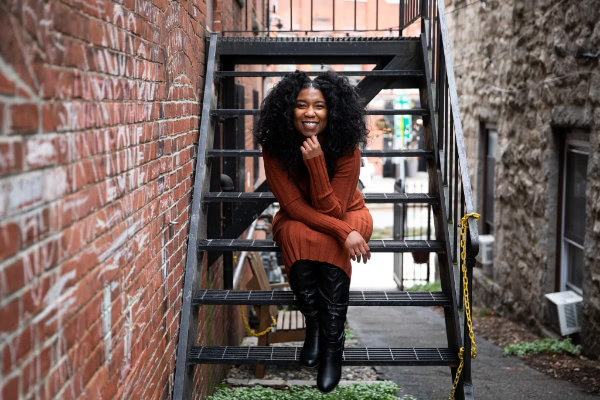
Tiffany Martinbrough, writing for the Times:
For more than a decade, Whitney White, a.k.a. @naptural85, has posted hair tutorials on YouTube for Black women, like herself, with natural, coily hair. A self-described natural hair OG, Ms. White, 35, mastered the art of the wash and go (the signature, curl-defining look for ‘naturalistas’), the pineapple (a way to gather hair at the crown to maintain hairstyles for sleeping) and the twist-out (a twisted, dried, then untwisted hairdo). She also taught viewers how to create nourishing shampoos, deep conditioners and hair masks for optimal hair health and growth.
Eventually many of her more than two million followers encouraged her to produce her own line of hair products. Now, as the co-founder of Melanin Haircare, she joins the ranks of Black, female-owned companies that sell products that cater to the needs of Black hair.
“I am a Black woman, so I know what we want,” Ms. White said. “It’s kind of our FUBU moment.”
Zendaya Tells Colman Domingo How She Found New Purpose
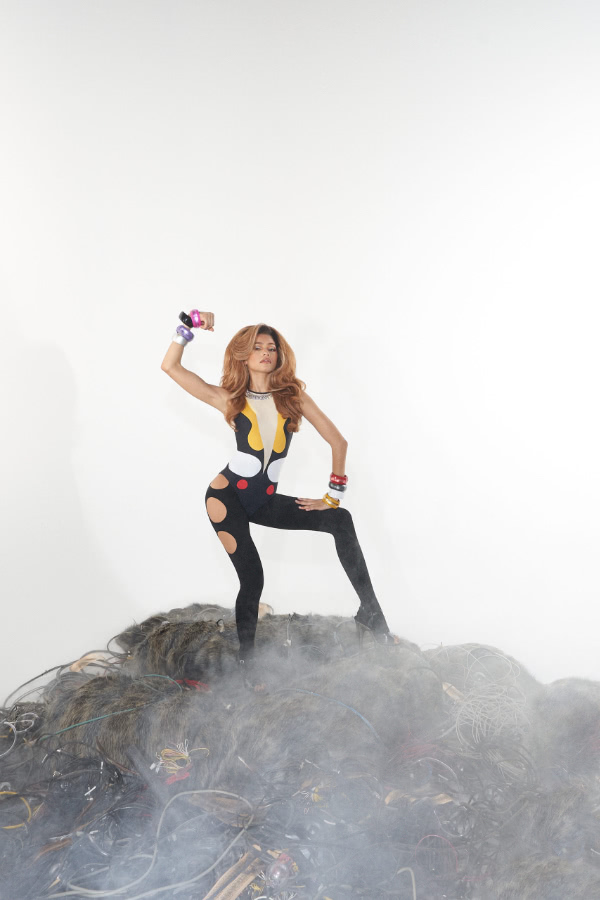
Colman Domingo speaks with Zendaya for Interview:
Zendaya closed out the year by starring opposite Timothée Chalamet in the sci-fi opus Dune, before reprising her role as M.J. opposite Tom Holland in Spider-Man: No Way Home. But that was just a warm-up for the second season of the HBO drama Euphoria, which marks her return to the role that made her the youngest woman to ever win an Emmy for best actress in a drama series.
Zendaya on the kind of impact she wants to make:
I always think, in what ways is my voice most potent or palpable? I’m not really active on social media like I used to be, but that’s for a reason. I love saying how I feel and speaking out about things, but I also don’t want to say that I just tweeted my life away. That I just tweeted about something, but what did I actually do about it? Hopefully my ability to be a storyteller, to make those stories that I haven’t seen, to showcase different forms of Black love and the different colors of our emotional experience—that will be my speaking out. That’s my action. Because we learn how to be a person not just through interactions, but by watching movies and TV. You want to be like your favorite character. So many people have built the personas that they take out into the world based on what they’ve seen in the media.
Inside the Mind of Kyler Murray

Ben Shpigel, writing for the Times:
He is the N.F.L.’s Gatsby, mysterious and magnetic, with a brain hard-wired to win. Ask him about the touchdown pass he meticulously mapped out in his mind five days before he threw it.
An Inside Look at Detroit Bike Culture
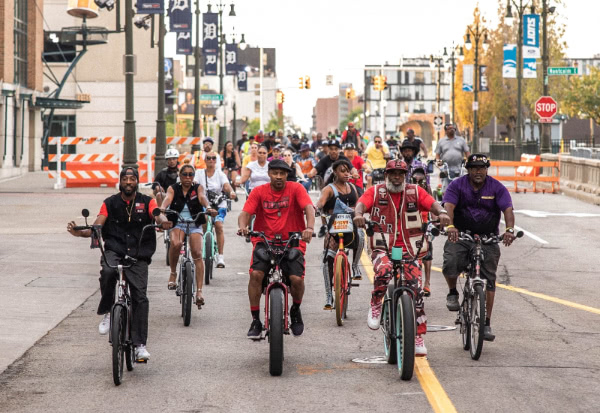
Photographer Justin Milhouse in a photo essay for The Undefeated:
A health crisis and a warning from his doctor collided for Mike Neely a decade and a half ago. Myriad health challenges, including high blood pressure and diabetes, served as the impetus for a lifestyle change that landed him on a bike. Cycling would help him ward off more serious diseases, lose weight and live longer, his doctor said.
His quest for a healthier lifestyle turned into a community of cyclists, including his daughter, who ride for fun, a purpose and for opportunities to give back by doing something they love.
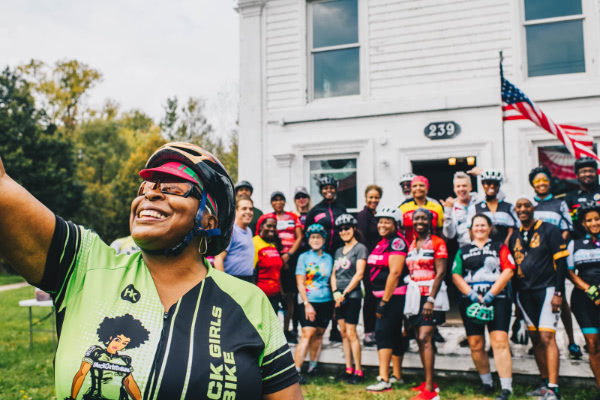
The exceptional stories in ‘On Girlhood’ explore the realities of growing up Black and female
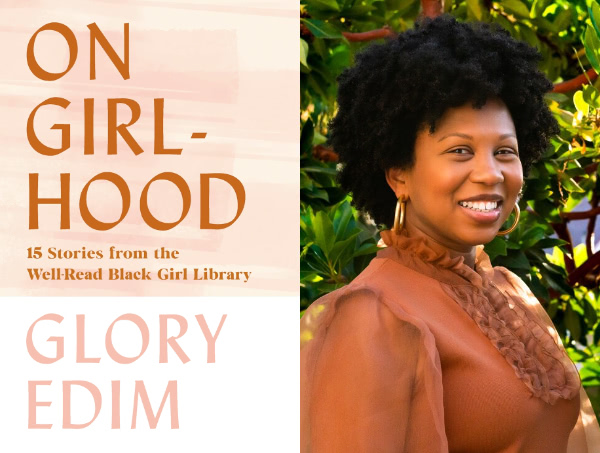
Keishel Williams reviews Glory Edim’s On Girlhood for The Washington Post:
“On Girlhood” is a strong collection that delves into the various ways that Black girls love, the way they hate, the way they respond to pressure, the way they respond to parents and, perhaps most important, the way they respond to society. The one common thread through these stories is that each of the protagonists struggles with her Blackness because of how she is perceived by the outside world and the people with whom she interacts. Some of the stories are told through the lens of childhood, while others are explored through motherhood and marriage. But they all pull back the curtain on what it is like to grow up as Black and female.
Contrasting Shades of Gray with Vibrant Color, Otis Kwame Kye Quaicoe Paints Bold, Subversive Portraits of Black Subjects
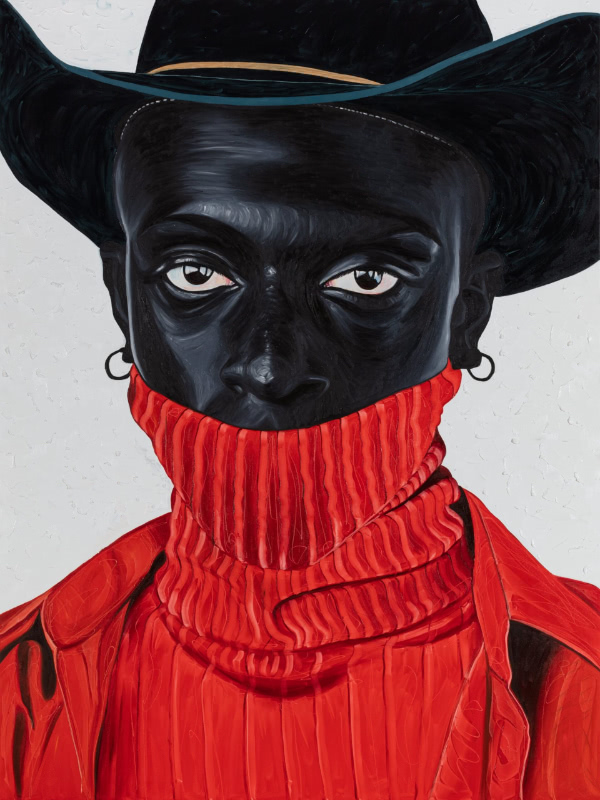
Grace Ebert, writing for Colossal:
Ghanaian artist Otis Kwame Kye Quaicoe has a proclivity for contrast. In his striking portraits of Black people, he gravitates toward shades of gray to render the skin tone of single figures or small groups, who sport patterned garments, hats of textured fabrics, and generally vibrant fashions that are in direct opposition to their physical features. The bright, bold color palette is the artist’s preferred method for translating emotional states, inner lives, and idiosyncrasies, one he emulates with the richly textured impasto backdrops surrounding his subjects. […]
A few of Quaicoe’s portraits are on view through January 27, 2022, at Green Family Art Foundation in Dallas and at LACMA through April 17, 2022, and you can explore more of his oil-based works on Artsy and Instagram.
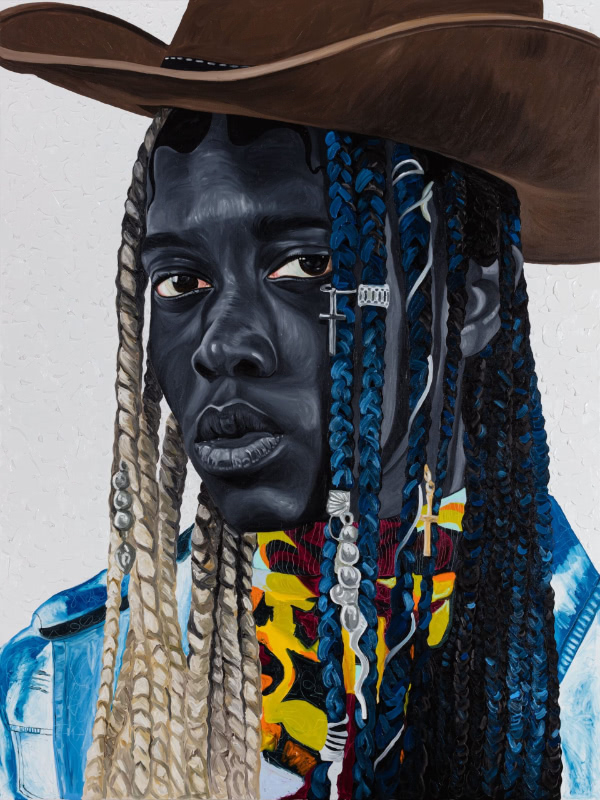
Jonathan McReynolds and Mali Music — Tiny Desk (Home) Concert
Mitra I. Arthur for NPR:
A captivating rendition of “Christmas Time is Here” starts off their performance as their perfectly paired voices float over an understated accompaniment.
“Captivating” is the perfect word for this.
‘Oh why oh why must Christmas come but once a year?’
Mr. Robinson, boys and girls.
Merry Christmas! See you next week.
